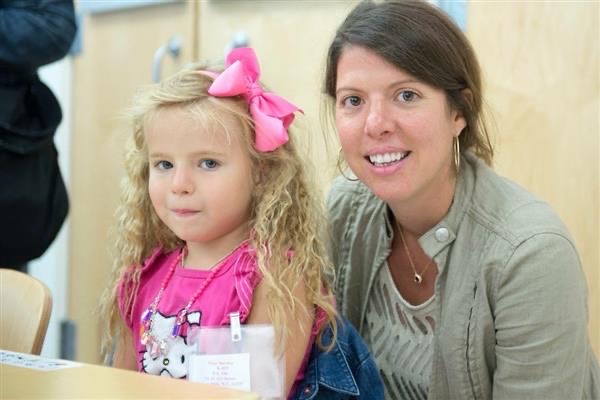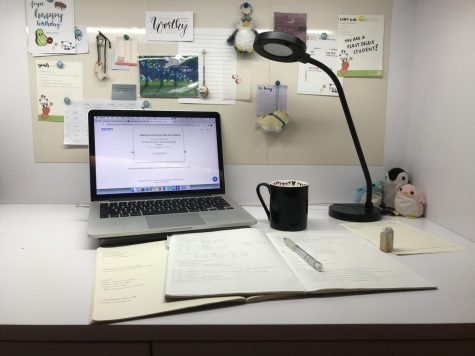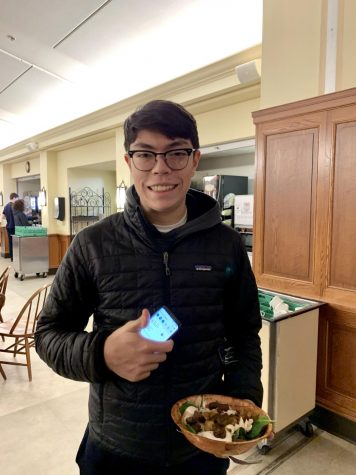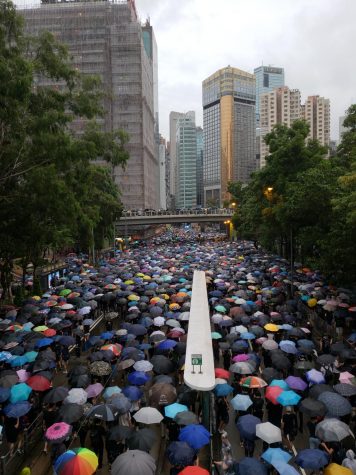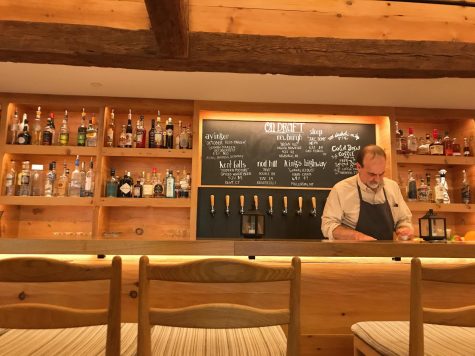Recent Forum addresses Race at Kent
December 16, 2015
On Tuesday, December 1st, Kent Students returned from Thanksgiving break to a school day much different from the norm. Though everyone thrilled at the knowledge that A and B blocks would not have to be braved that first day back, there was uncertainty about what, exactly, the planned discussions on race and privilege would bring. These topics are never easy to discuss—especially not among adolescents between the hours of 8:00 and 10:00 in the morning. So, as the explanatory emails rolled into our inboxes, we awaited, with uncertainty, the following morning.
The discussions began with an introduction to the topic by members of the Point Made Films production team. Divided into upper- and lower-form groups, students listened as producers of the film I’m not Racist, Am I? asked us to think about how we perceive racism and why, then showed a clip from their film. Though the pair had intended to show more than the one clip, conversation took off and ran without pause until the end of the time allotted.
For those who had seen the movie, shown a few weeks previously in Dickinson Auditorium, this particular scene was the one that had raised the most questions, controversy, doubt, and unease. In this scene, students participating in a workshop are told by an adult facilitator that that non-white groups cannot be racist (though they can be “bigoted,”) and that all white people automatically take part in the perpetuation of racism.
It is easy to see why this concept, for many, proved hard to swallow. As a mic was passed from row to row, between boys and girls, students and teachers, and members of many races, the fifth and sixth form students began to pick apart this issue, voicing diverse opinions on racism and how it exists in modern society.
Though the bold statements made in the film eventually took a back seat to other questions, that idea remained in the minds of many as the morning progressed, and, with any luck, they came to see that what seemed radical on screen was mostly just a matter of semantics. Racism was redefined as systematic oppression of a group, while the “individual meanness” we normally associate with the term “racism” was recategorized as bigotry.
It seemed to this viewer, at least, that the natural defensiveness that had sprung up in many who felt they were being wrongfully accused as racists wore off, though perhaps gradually, with the pursuit of a greater question than “What is racism?”: How do we stop it?
The entire student body then broke into small groups of similar racial identity to further discuss these ideas with a faculty member or part of the Point Made Films team. Though each group took its own course to further understand different concepts, the conversation was begun, and the door to greater insight into and appreciation of the reality of racism and privilege was opened for all.
In the sheltered little universe of Kent School, it would be so very easy for one to walk away from Tuesday’s discussions and wipe all those uncomfortable ideas of injustice away. So easy, in fact, that I am certain some have done it. But just because you stop thinking about these issues doesn’t mean they stop existing, and if everyone walks away from it, the problem will only get worse. You can watch a hundred movies, you can redefine a thousand terms and accept their meanings or feel accused by them. You can talk about it as much as you want, and in whatever way you want, but it’s only when you really think about it that things can change.
On December 1st, Kent opened us up to thinking, the most powerful and often underestimated act in the world. With any luck, those thoughts haven’t disappeared.


